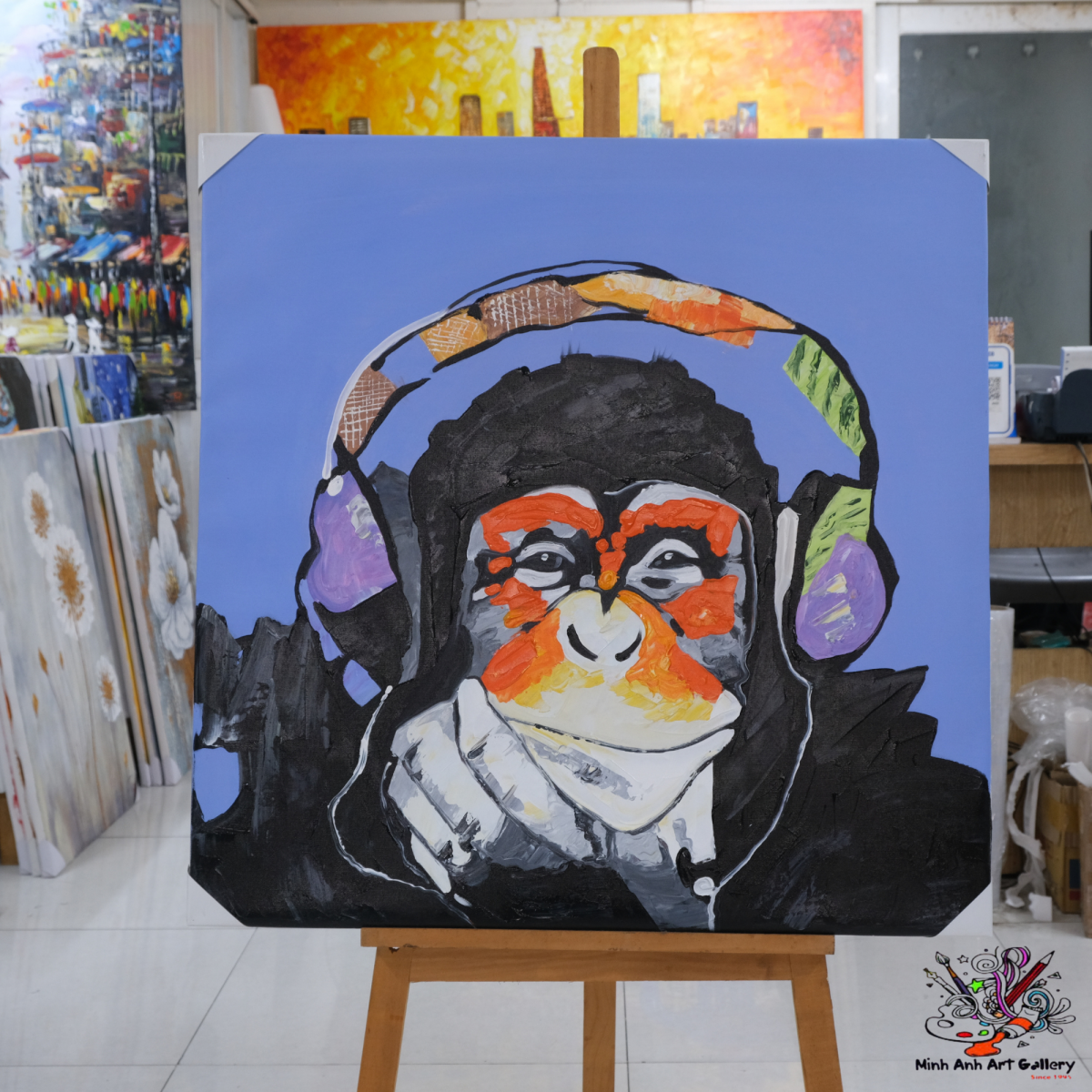The art world doesn’t live in a bubble. It breathes, evolves, and pulses with the rhythm of global events. From revolutions to pandemics, every seismic event leaves a fingerprint on how art is collected, curated, and shared. Welcome to a deep dive into the moments that transformed art gallery exhibitions forever.

Once upon a time, art was reserved for the elite—locked behind the grand walls of palaces and private estates. But times changed. Revolutions sparked access. The art collection gallery model emerged, democratizing the viewing experience.
The concept of a thoughtfully curated art collection didn’t just organize paintings—it told a story. This narrative approach marked the evolution from mere display to experience-driven exhibitions.
War doesn’t spare beauty. During WWII, galleries scrambled to evacuate priceless fine art collections, while others lost their treasures to theft and destruction. Entire famous art collections vanished—some forever.
Post-war eras triggered a wave of international cooperation aimed at restoring displaced collections. Art became more than an aesthetic—it became a symbol of justice, memory, and reconciliation.

As borders opened and economies globalized, cities like New York, Paris, and Tokyo became vibrant hubs for modern art collections and exhibitions. The art world wasn't just expanding—it was exploding.
Art stopped being "local." Curators began mixing Eastern calligraphy with Western abstraction. African masks sat alongside European sculpture. Curated art collections grew more eclectic—and more exciting.
The 2000s ushered in a tidal wave of digital tools. Suddenly, art collection online platforms allowed collectors and enthusiasts to explore galleries without boarding a plane.
Who needs velvet ropes when you have 360° tours? Virtual walkthroughs brought the contemporary art gallery into living rooms across the globe.
Online platforms made it easy to view, bid, and even acquire works from global collections—all with a click.
The pandemic was brutal—but it also birthed a renaissance of innovation. With physical galleries shut, artists and curators turned to Zoom, AR, and VR. The art gallery exhibition became a streaming experience.
“Interactive,” “immersive,” and “personalized” became the new buzzwords. The art collection gallery was no longer a static space—it adapted, entertained, and engaged.
Modern viewers crave more than observation—they want interaction. Think motion sensors, soundscapes, and responsive installations that make the gallery feel like a playground for the senses.
More galleries now offer guided experiences. These art gallery collection tours don’t just explain—they inspire. It's storytelling with spotlights.
With growing diversity in voices and vision, curated art collections now reflect culture, commentary, and personal narrative more than ever before. It’s less about popularity—more about perspective.
Private art galleries have become tastemakers, introducing new talents and recontextualizing known names. They’re not just showing art—they’re shaping what sells and what gets seen.
When the Louvre opened its Abu Dhabi wing, it signaled a new era: international branches of museums aiming to capture global audiences. Suddenly, exhibitions weren’t bound by nation—they were global citizens.
From Venice to São Paulo, Biennales have become the Olympics of the art world. These events don’t just showcase modern art collections—they rewrite trends and birth careers.
Today’s galleries often juxtapose classic works with digital media. Think Van Gogh with projections or ancient sculpture beside NFTs. It’s art, but it’s also a dialogue between centuries.
Gone are the days of plain white walls. Now, entire rooms are curated around emotions, movements, or materials—transforming the art gallery exhibition into an immersive story.

Global events have not just shaped art—they’ve shaken it, stirred it, and reimagined it. From wars and pandemics to digital revolutions, each shift has left a mark on how we create, curate, and consume art. And with every new disruption, we’re reminded: the world of art gallery exhibitions is less about stillness, and more about motion.
1. What is the impact of digitalization on art exhibitions?
Digital tools have expanded access, making art collection online platforms more mainstream and reshaping how exhibitions are experienced.
2. How have wars historically affected art galleries?
Wars have caused evacuations, theft, and destruction of entire famous art collections, but also spurred restoration efforts and international policy reform.
3. What makes private galleries influential today?
Private art galleries can influence trends by promoting emerging artists and offering curated, niche experiences that public institutions often can’t.
4. Are virtual art exhibitions replacing physical galleries?
No, but they complement each other. Virtual experiences offer accessibility, while physical spaces provide emotional and sensory depth.
5. How do international events like Biennales affect art trends?
They act as cultural barometers, showcasing curated art collections that often set or reflect the current tone of the global art scene.
Minh Anh Art Gallery proudly celebrates the evolution of artistic expression. Visit our Collection to experience beauty without borders.
Gallery: 101 Bui Vien St, District 1, Ho Chi Minh City, Viet Nam
Phone: (+84) 962 720 484
Email: minhanhart.vn@gmail.com
Website: https://minhanhart.vn/